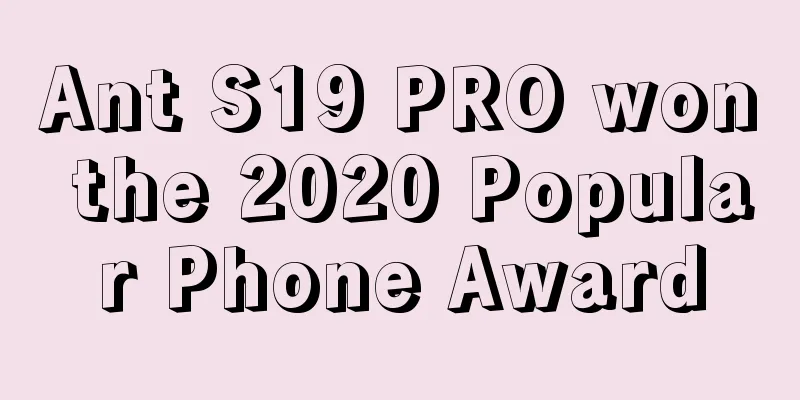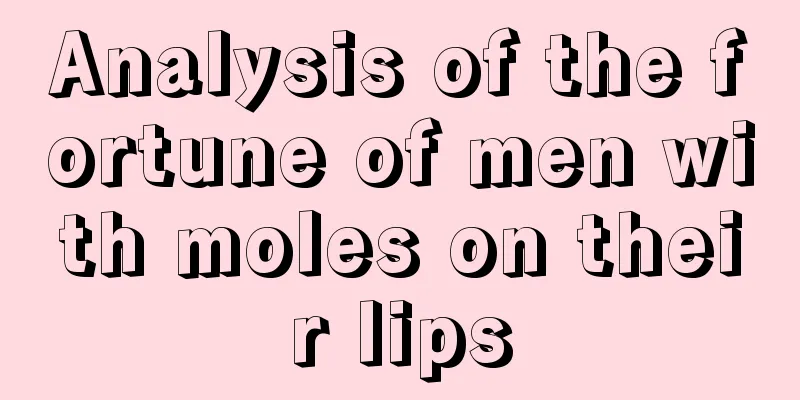Cosmos vs Polkadot: Can interoperability protocols co-exist?

|
Cosmos and Polkadot are the two leaders in the blockchain interoperability space. Although they may appear to be competitors at first, both have unique uses in the cryptocurrency space and may be able to coexist, just like Visa and Mastercard in the credit card industry. Interoperability, the ability of blockchains to interact with each other, is one of the most exciting and promising developments in the cryptocurrency space. For example, currently, Bitcoin cannot interact with any other blockchain, such as Ethereum. This means that trillions of dollars cannot join the decentralized financial revolution, and different blockchains cannot leverage each other to create truly decentralized applications. Polkadot and Cosmos are two of the largest projects that aim to solve this problem by creating an internet of blockchains. Most of the time, two projects with similar goals compete against each other, and only one project will eventually dominate. However, the two projects take completely different approaches to interoperability and serve different markets, which means that they can survive and thrive together. Let's take a look at the two projects and analyze their similarities, differences, and roles in the cryptocurrency ecosystem to determine how likely it is that they can coexist in the next generation of the internet. After years of development and leadership by Ethereum co-founder Gavin Wood, Polkadot was released in May 2020. They call themselves a "Web3 platform" and hope to achieve a next-generation web where users can control their own identities and there are no central servers or networks. To achieve interoperability while ensuring that each blockchain is independent and autonomous, Polkadot uses an approach involving two different types of blockchains: parachains and relay chains. The relay chain is the main Polkadot blockchain and uses DOT as its native asset for governance and staking. Parachains are blockchains that can seamlessly connect to the relay chain, each with its own governance, tokens, and other typical features of an independent chain. By connecting to the relay chain, tokens from one parachain can be seamlessly sent to another parachain, enabling interoperability between many different chains. Polkadot only supports 100 different parachains, which means that parachains are a scarce resource and projects must bid for one through a process called Parachain Loan Auction (PLO). While this limitation does create value for DOT, it also hinders the development of Polkadot as a complete solution because it cannot connect to every blockchain in existence. In addition, for blockchains such as Bitcoin and Ethereum that are already established and will not go through the PLO, Polkadot is creating a bridge that allows these chains to still interact with the rest of Polkadot. Cosmos was released in 2019 by the software company Tendermint. Before the creation of Cosmos, Tendermint released a consensus mechanism, also called Tendermint, which simplified the process of creating a blockchain. Before the creation of Tendermint, building a blockchain was a very complex process involving many steps, including creating a consensus mechanism and preparing a network of computers that would act as validators. Tendermint simplifies this process by eliminating the need to develop consensus methods and networks, and allows developers to focus solely on application development. Tendermint is able to process hundreds of transactions per second at low fees and provides instant finality of transactions, meaning there is no need to wait for a certain number of confirmations. Tendermint and the Cosmos software development kit are very popular and are used by projects such as Binance Smart Chain, Crypto.com, Terra, and Kava. Cosmos and its ATOM token aim to create a hub where all Tendermint blockchains can interoperate. This is similar to Polkadot's relay chain, but only for Tendermint blockchains. Much like Polkadot, Cosmos is also building bridges to non-Tendermint blockchains so tokens like ETH and BTC can be freely traded on the Cosmos Hub. Since parachains are not compatible with Cosmos and Tendermint chains are not compatible with Polkadot, the two projects will serve completely different markets despite their similar goals. Their only area of overlap is supporting blockchains such as Bitcoin and Ethereum. In the future, the two protocols may come together to create a Cosmos-Polkadot bridge, creating an ecosystem that is fully interoperable with many of the largest blockchains. This will be extremely complex and may not happen for several years. Although Polkadot and Cosmos appear to be competitors at first glance, a deeper look leads to the conclusion that they serve different market segments. Each will become a hub for interoperability, and the two may one day collaborate to bring full interoperability to the cryptocurrency ecosystem. |
Recommend
DIBI Ecosystem holds high-end crypto cocktail party and launches enterprise digital financial solutions
This cocktail party was a targeted invitation, an...
Beijing Business Daily: Beijing tries out the financial technology "regulatory sandbox", and licensed institutions and digital currencies are expected to enter first
Reporter Meng Fanxia Ma Di Three months after the...
The wisdom line is long but intermittent. Does it mean that the fortune is not going well?
The lines on the palm are a key part that affects...
Detailed explanation of the annual prediction method of the eight warehouses and two warehouses, the food warehouse luck
Age range: 51 to 55 years old. Great fortune posi...
What does it mean if a woman has a mole on the corner of her mouth? What does it represent?
Although black moles are annoying, they are diffic...
What does a mole on the armpit mean?
Not everyone has moles in their armpits, and each...
What kind of facial features on a woman indicate that she will have many romantic opportunities? What is peach blossom luck?
Some women have very good luck in love, while some...
Moles that are destined to have a bright future
Moles that are destined to have a bright future M...
What is the fortune of a person with a receding chin?
The chin is what we often call the ground chin in...
Men with moles on their eyes, are they lucky?
It is said that eyes are the windows to the soul....
Ripple CTO: The basic principles of blockchain itself prevent it from being widely used
Over the past few years, blockchain technology ha...
Fredcoin is abbreviated as FRED. It can be mined by CPU servers and graphics cards, but the computing power of graphics cards seems to be low!
Purpose: To promote alternative energy sources at...
HaoBTC Enterprise Safe Supports the World's First Refundable Crowdfunding Ant ICO Project
Since its launch, HaoBTC Enterprise Safe has been...
What are the characteristics of a woman's peach blossom face? How to explain it
In fact, everyone hopes that their fortune will b...
The analysis of the face of a girl with rebellious ears
What are flipped ears? What are flipped ears? Is ...









